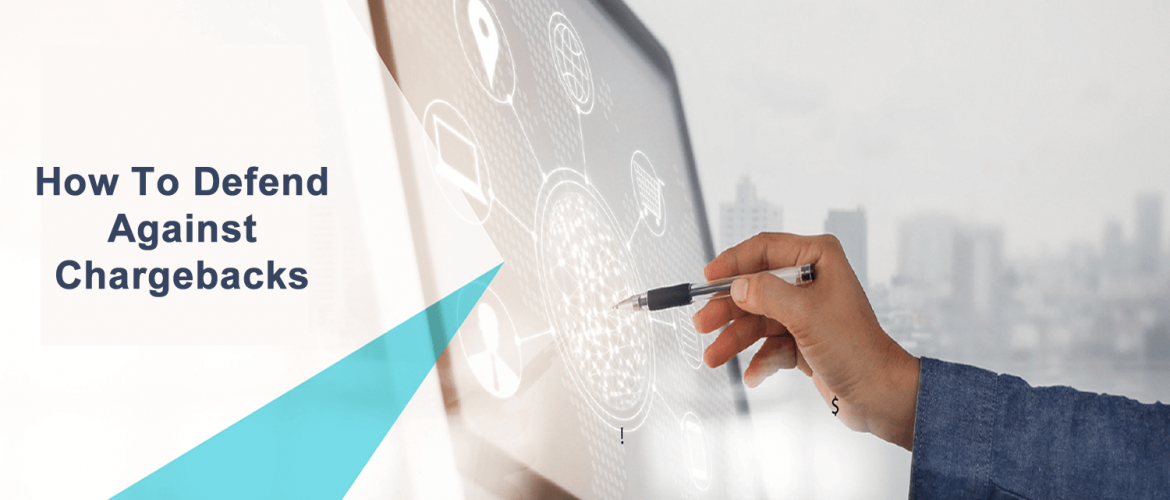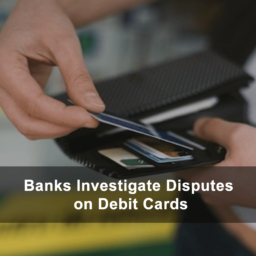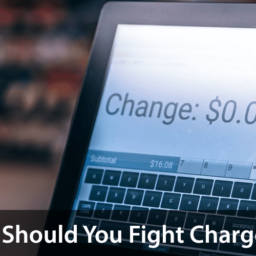
It is possible to minimize the risk of chargebacks with the use of services and techniques available in the market but it is next to impossible to avoid it completely. Chargebacks can happen even if you are fully aware of the company’s policies with zero transaction errors or even if you take care of the on-time deliveries. However, if the merchant has indulged in any type of fraudulent activity. He would never be able to defend against them.
Defending Process Against Chargebacks
Although it depends upon acquiring bank and payment processor but generally defending process has following steps involved:
1. Receive Chargeback: When a customer initiates a chargeback. The merchant is notified through an e-mail or it is displayed on the Merchant Panel. As the merchant gets limited time to respond to the chargeback received. Make sure that notification is received as soon as possible.
2. Dispute Chargeback: If the merchant is sure that the chargeback is not genuine and enough evidence can be provided to prove it. It is better to dispute (defend) the chargeback. Normally, a merchant gets 5-7 days to react to the chargeback received. So without wasting much time the merchant should prepare analytical report strategy and gather evidence (documents) like:
- Billing details
- Server logs
- Shipment receipt
- Delivery confirmation receipt
3. Customer’s Reaction: It is possible that the merchant succeeds successfully against chargebacks, but there are chances that the customer may react back. Be prepared to challenge the arguments from the second attack. All you have to prove is that you are right and are not indulged in any type of fraudulent activity that the customer claims.
![]()
Email us anytime!
Email customer service 24/7
![]()
Call us anytime!
Reach customer care 24/7 at +1 (888) 901-8653
Things to know
Reason Codes: To execute a chargeback, a customer needs to provide a valid reason code. There are specified predefined reason codes and the customer must choose one out of the provided codes and must state the same to the issuing bank. After verification, the issuing bank provides the reason code to the merchant. Following are the reason codes, which are required to proceed with a chargeback:
1. Technical:
- Expired card authorization
- Non-sufficient funds
- Bank processing error
2. Clerical:
- Duplicate billing
- Incorrect billing amount
- Promised refund not issued
3. Quality:
- Item not received
- Defective item received
- Not received on time
4. Fraud:
- Identity theft
- Change of credit card without authorization
- Documentation and Proof: To fight chargeback, a merchant is required to present paperwork as an evidence, so it becomes important for the merchant to maintain following documents:
- For every credit card order, it is a good practice to record transactions which are required and work as valid proof while disputing chargebacks.
- Record and maintain E-mail orders
- Imprint authorized charges in customer’s receipt at the time of checkout.
- Maintain receipts signed by the customers (receipt generated by credit card processing terminal)
- Stellar Service: Merchant can control the increasing number of chargebacks by simply offering stellar customer service. A courteous and polite employee can defuse the situation where the customer wants refund or chargeback. In this situation customer might understand the need of security, this, in turn, helps in maintaining goodwill towards business and decrease the rate of chargebacks.
- Branding: Once a business is able to maintain low chargeback rate, its reputation is built up. A branded URL is what gains the trust of customer and they make purchases with confidence. Such reputed businesses are less likely to get hit by chargebacks.





